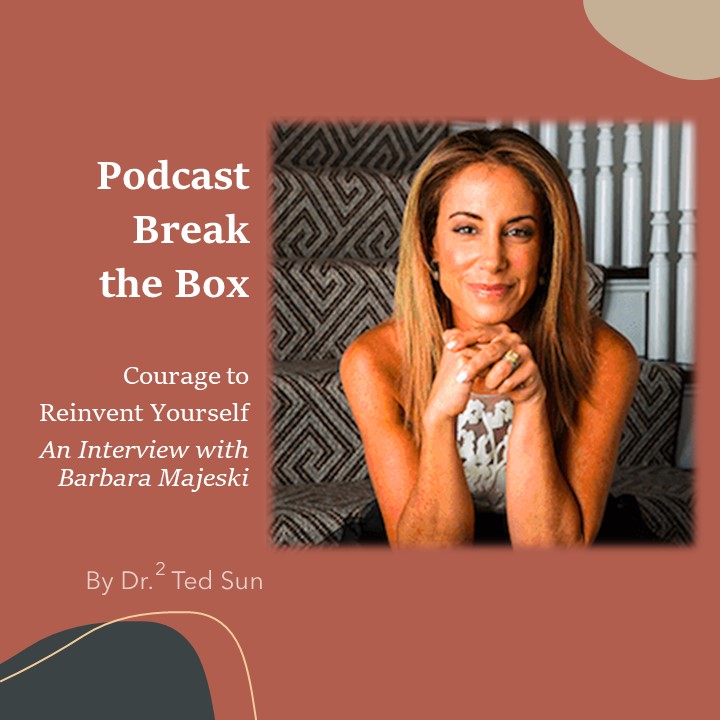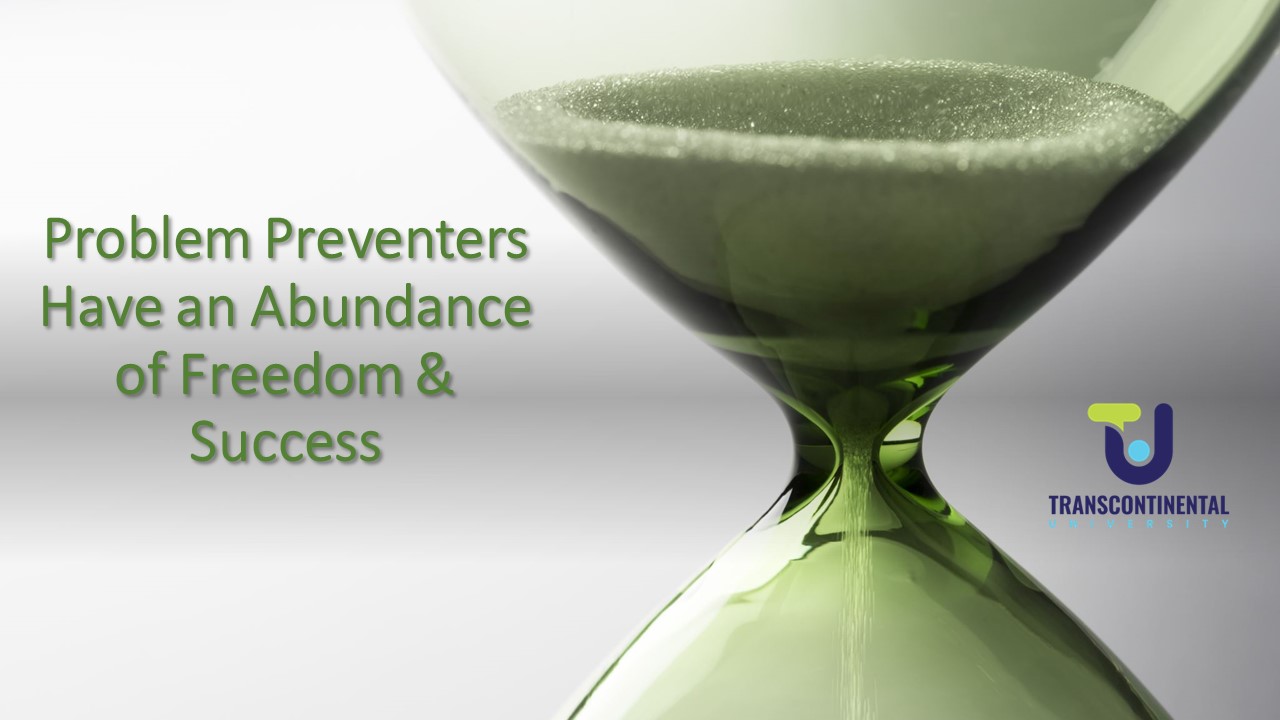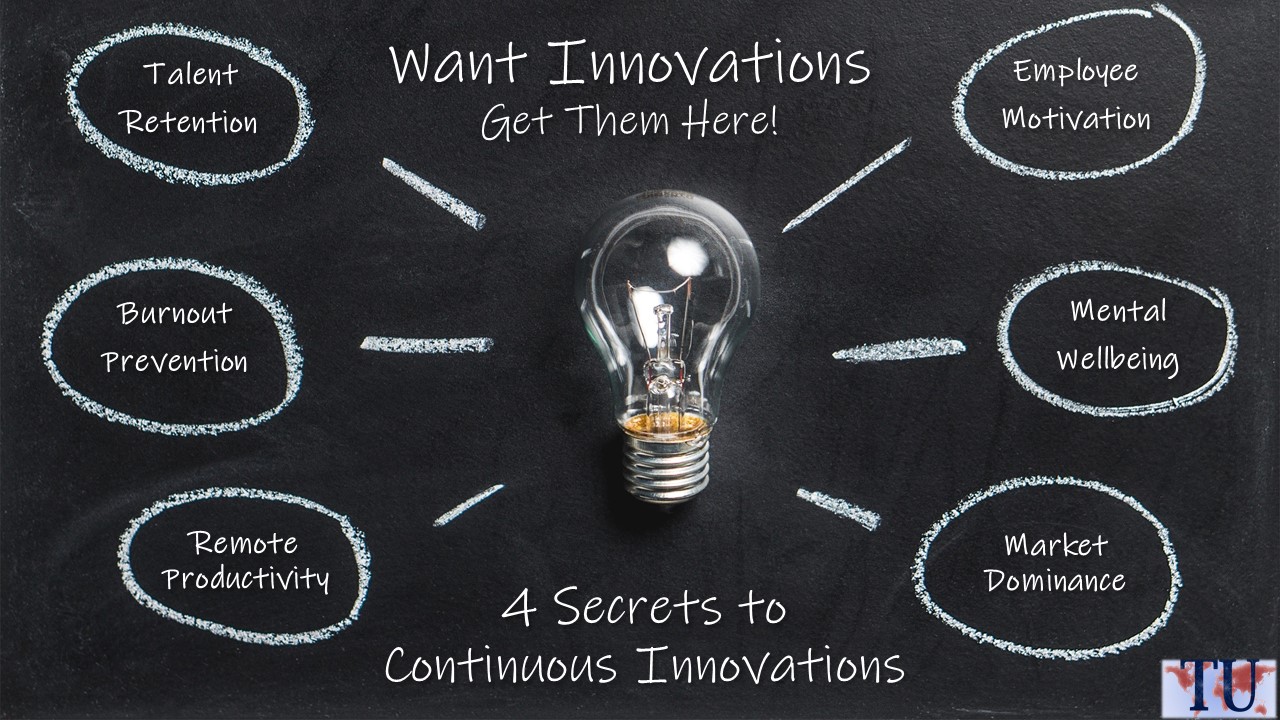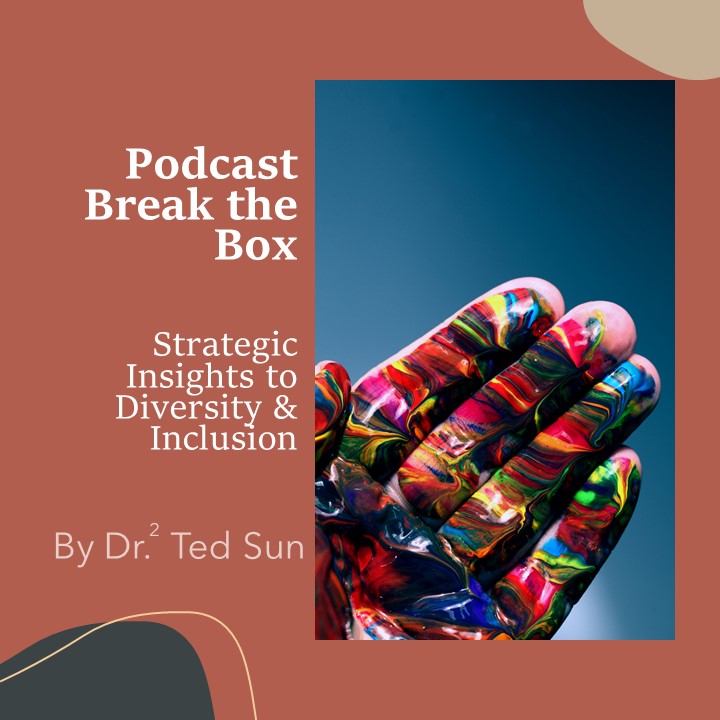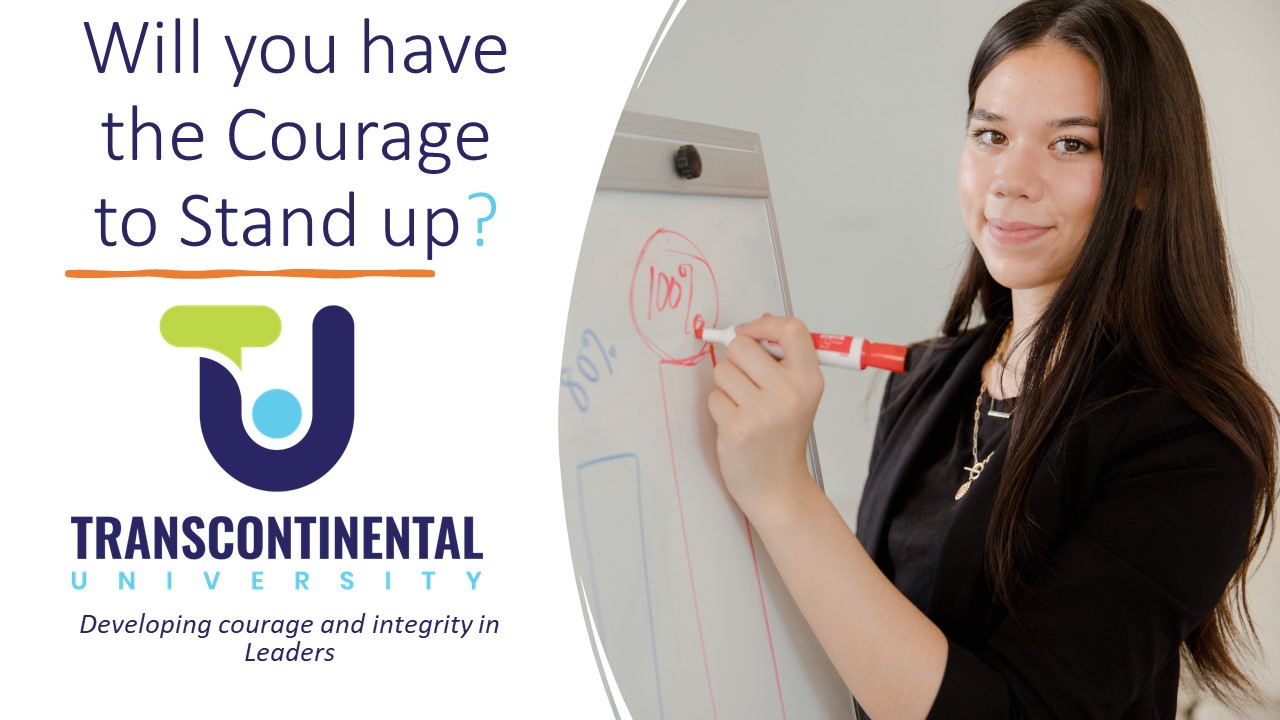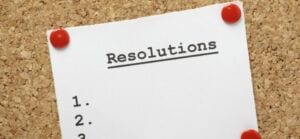
Secretes to Effective New Year’s Resolutions
As a new decade falls upon us, many of us are making or have made New Year’s Resolutions for 2020. While many tend to be optimistic about a bright future, most New Year’s Resolutions tend to fade away in memory as the months go by. If you ever ask people about what their new year’s resolution was in 2019, many would either not remember it or be too embarrassed to say it due to the lack of achievement. Don’t worry, this is completely natural. We make new year’s resolutions because human beings are hopeful creatures. We like to look in the mirror and see a positive image. We like to know that we have confidence in achieving goals that we set for ourselves. Unfortunately, the reason why new year’s resolutions are challenging is because most people don’t have a solid learning structure that empowers us to consistently achieve our new year’s resolutions.
To be successful in seeing your New Year’s Resolution become reality, there are some secretes that need to be known and put into practice. These secretes are based on the research of many successful entrepreneurs. The secretes below are not just a list of behaviours, but also reflect a new way to think.
1. Start with a long-term focus:
Let’s start with building New Year’s Resolutions with the most potential. Goals are an interesting concept in the human brain. They give our brain a clear finish line to work toward but they can also be limiting. When you set a goal of taking one step towards something for the year, you will likely stop when you achieve it. There’s a reason why many often set goals that fall short of their true potentials. Our brain tends to be our own worst enemy when it comes to setting goals. Unless trained to think systemically, most people let their current reality limit what they can achieve. Our brain can perceive situations such as the current economy, educational level, job positions, and social status as giant obstacles. They stop empowering goals from inception. To break free from this, start with 5 or even 10 years out. Such a longer time focus minimizes the influences of current realities. Start with how you’d like to see yourself 5 or 10 years from now, then build the remaining steps. Once you have a clear image of yourself 5 years from now, build where you need to be at 3 years. After that, you would establish what it needs to be in 1 year – for 2020.
2. Put it in Writing:
Putting New Year’s Resolutions in writing helps the brain solidify the commitment. This is part of our learning process. A thought comes and goes with neurons in the brain passing information to each other. This happens with very short memory. When we take the action to write it down, the behaviour solidifies the information. We when see it in front of us, it furthers our memory of this commitment. More often, we’ll make additional enhancements of what we write down as our analytical minds get to work on improving what we see from our own hand writing.
Note: typing this out can also work but is not as effective as one’s own handwriting.
3. Reflect Deeply:
This is something that is crucial to eliminate self-sabotage. Reflecting on who you are includes exploring what your beliefs and values are. Having done countless executive retreats and workshops, it’s amazing to see how long it often takes people to state their top 5 values. If you don’t know who you are, it’s very tough to make the efforts to get there. For so many people, their identity is built on a victim mentality where it’s always someone else’s fault. And if they got passed it, they would have no idea who they would become, which is terrifying. Reflecting on who you want to be can be challenging and fun. Simply have a close friend ask you the question “Who are you?” multiple times. Each time, you’ll brain will dig deeper into your purpose. This may take multiple attempts, depending on many factors inside you. But this has to be an honest reflection in order to empower the achievement of your New Year’s Resolutions.
4. Develop key skills needed:
Once you’ve placed your New Year’s Resolutions down on paper, develop more detailed steps to achieve these goals. You can break down the New Year’s Resolution into year-end goals, then down to goals for every 3 months. Then ask yourself: What are the key skills and knowledge you’ll need to achieve these goals? In most cases, you need the new or enhanced skills to achieve goals. Planning out your personal development is something that everyone should do. This is far different from what an organization might have in their performance management system. Only you know yourself best. And, if you’re honest with yourself, you can create a powerful list of skills to develop for your needs. Then locate the resources needed to develop those skills, which are likely to be on the web. Information is abundant, but a focus to make that information into your knowledge and practice it enough to become a skill is your responsibility and part of your learning structure.
5. Share it with Accountability:
Your New Year’s Resolution is a living entity. Successful leaders share what they are working on with others to obtain support and accountability. This step starts the first set of revisions that you’ll be making to track and learn from the actions. Select a few people who would care about your development and have the confidence to hold you accountable to the actions you’ve committed to taking. They can easily place specific markers in their calendar to check in with you on a regular basis and perhaps provide resources you need to develop specific skills. This will help the brain further commit to changes. Without accountability, our brain is brilliant at making excuses for the lack of action.
6. Measurable:
Now that you’ve gotten some specific goals and skills to develop, you’ll need to measure them with sufficient time to make adjustments. In order to make improvements in anything, you’ll need to know how you’re performing. This is not something that’s as easy as it sounds. Measuring your ability to develop skills is not taught in most educational institutions. Countless people talk about the need to develop leadership skills, for example. What are the practical measures of this? This is not something I can tell you, since there are so many skills and goals. Here are some examples:
| Common New Year’s Resolutions Areas | Measurable Goals |
| Lose weight/Be Healthier | Body Mass Index every month
# liters of water drank per day # hours of exercise each week |
| Improve communication | Number of questions asked in a normal conversation
Number of ideas gathered daily |
| Financials / Debt | Efficiency in revenues/hour
Debt payment per month |
| Improved Leadership | Number of people inspired in a day
Number of new desires and motivators in team member inventory Number of innovations per week |
Making effective New Year’s Resolutions is not that simple when you first tackle it. But, then again, anything worth achieving calls for significant effort. I hope you’ll be able to use these steps to make drastic transformations in your life and bring the dreams of who you wish to be into reality.





